How To Operate A Digital Camera ?
To operate a digital camera, first, make sure the battery is charged and inserted properly. Turn on the camera by pressing the power button. Adjust the settings such as ISO, shutter speed, and aperture according to your needs. Focus on the subject by half-pressing the shutter button. Once the subject is in focus, press the shutter button fully to take the picture. Review the picture on the camera's LCD screen and adjust the settings if necessary. To transfer the pictures to a computer, connect the camera to the computer using a USB cable and follow the instructions on the screen.
1、 Camera Modes and Settings
Digital cameras come with a variety of modes and settings that allow you to capture the perfect shot in any situation. Here are some of the most common modes and settings you'll find on a digital camera:
1. Auto Mode: This is the default mode on most cameras, and it's designed to make things as easy as possible for the user. In this mode, the camera will automatically adjust the settings to get the best possible shot.
2. Manual Mode: This mode gives you complete control over the camera's settings, including aperture, shutter speed, and ISO. This is the mode to use if you want to get creative with your photography.
3. Portrait Mode: This mode is designed to capture the perfect portrait shot. It will typically use a wide aperture to blur the background and make the subject stand out.
4. Landscape Mode: This mode is designed to capture wide, sweeping landscapes. It will typically use a small aperture to ensure everything is in focus.
5. Sports Mode: This mode is designed to capture fast-moving action. It will typically use a fast shutter speed to freeze the action.
6. Night Mode: This mode is designed to capture shots in low light conditions. It will typically use a slow shutter speed and a high ISO to capture as much light as possible.
7. Macro Mode: This mode is designed to capture close-up shots of small objects. It will typically use a wide aperture to blur the background and make the subject stand out.
In addition to these modes, most cameras also come with a variety of settings that allow you to fine-tune your shots. These settings include things like white balance, exposure compensation, and focus mode.
The latest point of view is that digital cameras are becoming more advanced and user-friendly. Many cameras now come with built-in Wi-Fi and Bluetooth, allowing you to easily transfer photos to your phone or computer. Additionally, many cameras now come with touchscreens, making it easier than ever to adjust settings and navigate menus. Overall, digital cameras are a great way to capture high-quality photos and unleash your creativity.
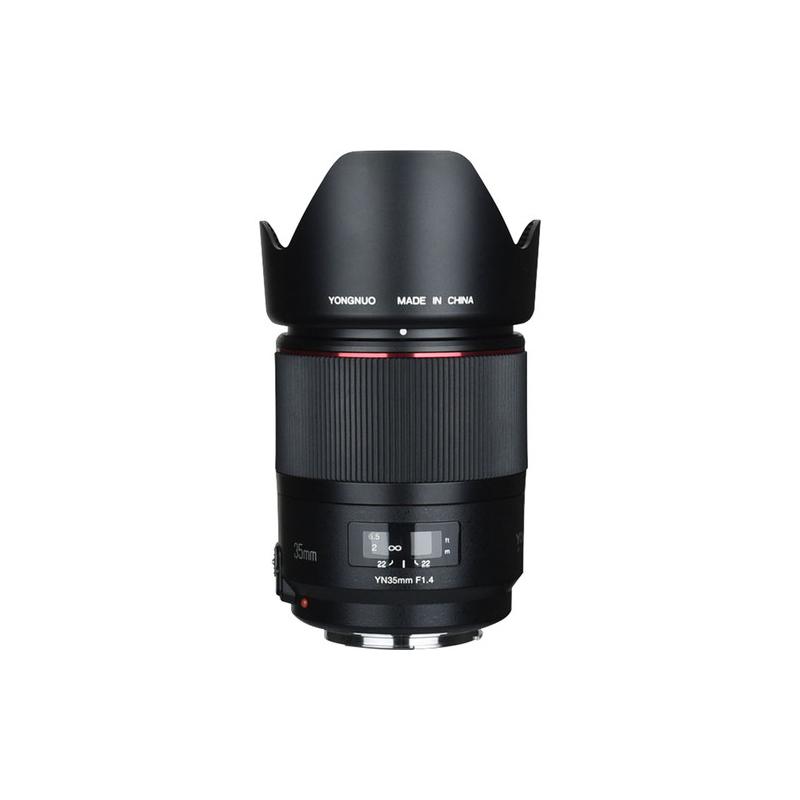
2、 Exposure and Lighting
How to operate a digital camera:
1. Turn on the camera: The first step is to turn on the camera by pressing the power button.
2. Adjust the settings: Depending on the type of camera, you may need to adjust the settings such as ISO, aperture, and shutter speed. These settings will affect the exposure and lighting of your photos.
3. Frame your shot: Look through the viewfinder or LCD screen to frame your shot. Make sure the subject is in focus and centered in the frame.
4. Take the photo: Press the shutter button to take the photo. Some cameras may have a timer or remote control option for taking photos.
5. Review the photo: After taking the photo, review it on the LCD screen to make sure it turned out the way you wanted.
Exposure and Lighting:
Exposure and lighting are important factors in photography. Exposure refers to the amount of light that enters the camera and affects the brightness of the photo. Lighting refers to the quality and direction of the light source.
To adjust exposure, you can change the ISO, aperture, and shutter speed settings. ISO determines the camera's sensitivity to light, aperture controls the amount of light that enters the camera, and shutter speed controls the length of time the camera's sensor is exposed to light.
For lighting, you can use natural light or artificial light sources such as lamps or flashes. The direction of the light source can also affect the mood and tone of the photo.
In addition, the latest point of view is that many digital cameras now have automatic exposure and lighting settings that can adjust to the environment and subject. However, it is still important to understand the basics of exposure and lighting to take high-quality photos.
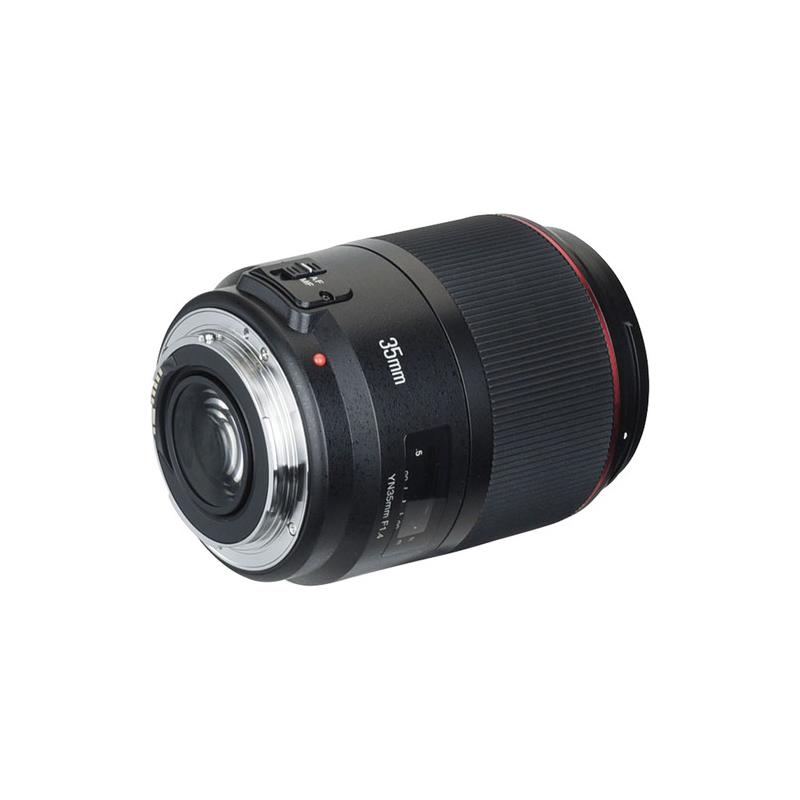
3、 Focusing Techniques
Focusing is one of the most important aspects of photography. It can make or break a shot. Here are some focusing techniques to help you get the best results from your digital camera:
1. Autofocus: Most digital cameras come with an autofocus feature that automatically focuses on the subject. This is the easiest and most convenient way to focus your camera.
2. Manual Focus: If you want more control over your focus, you can switch to manual focus. This is especially useful when you want to focus on a specific part of the subject or when the autofocus is not working properly.
3. Single Point Focus: This technique allows you to focus on a specific point in the frame. This is useful when you want to focus on a specific part of the subject or when the background is distracting.
4. Continuous Focus: This technique is useful when you are shooting moving subjects. It allows the camera to continuously adjust the focus as the subject moves.
5. Back Button Focus: This technique separates the focus function from the shutter button. This allows you to focus on the subject and then recompose the shot without losing the focus.
6. Focus Peaking: This is a newer feature that highlights the areas of the image that are in focus. This is especially useful when using manual focus.
In conclusion, mastering focusing techniques is essential for taking great photos. Experiment with different techniques and find the one that works best for you and your camera. Keep in mind that the latest digital cameras come with advanced focusing features that can help you take your photography to the next level.
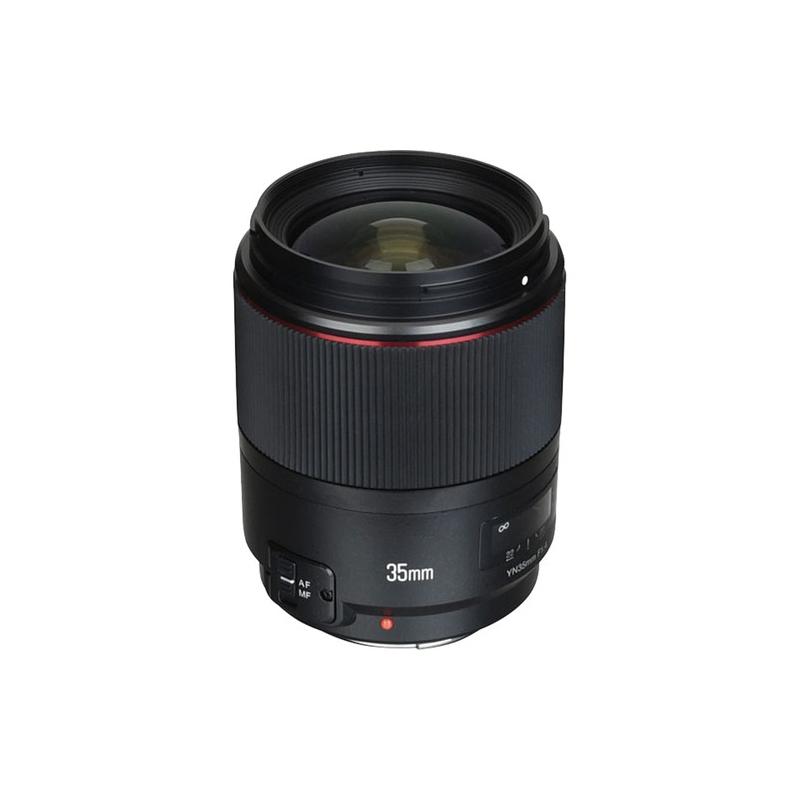
4、 Composition and Framing
Composition and Framing are essential aspects of photography that can make or break a photo. It is the art of arranging the elements within the frame to create a visually appealing image. Here are some tips on how to improve your composition and framing skills:
1. Rule of Thirds: This is a basic principle of composition that involves dividing the frame into thirds both horizontally and vertically. The points where the lines intersect are the points of interest, and placing your subject on these points can create a more balanced and visually appealing image.
2. Leading Lines: Using lines in your composition can help guide the viewer's eye towards the subject. These lines can be anything from roads, fences, or even the natural lines of the landscape.
3. Framing: Using natural elements such as trees, archways, or windows to frame your subject can add depth and interest to your photo.
4. Symmetry: Symmetry can create a sense of balance and harmony in your photo. Look for symmetrical elements in your scene and use them to create a visually pleasing image.
5. Depth of Field: Playing with the depth of field can add dimension to your photo. Use a shallow depth of field to isolate your subject and create a blurred background, or use a deep depth of field to capture a landscape in sharp focus.
When operating a digital camera, it is important to understand the different settings and modes available to you. Experiment with different settings and techniques to find what works best for you and your style of photography. With practice and patience, you can improve your composition and framing skills and create stunning images.
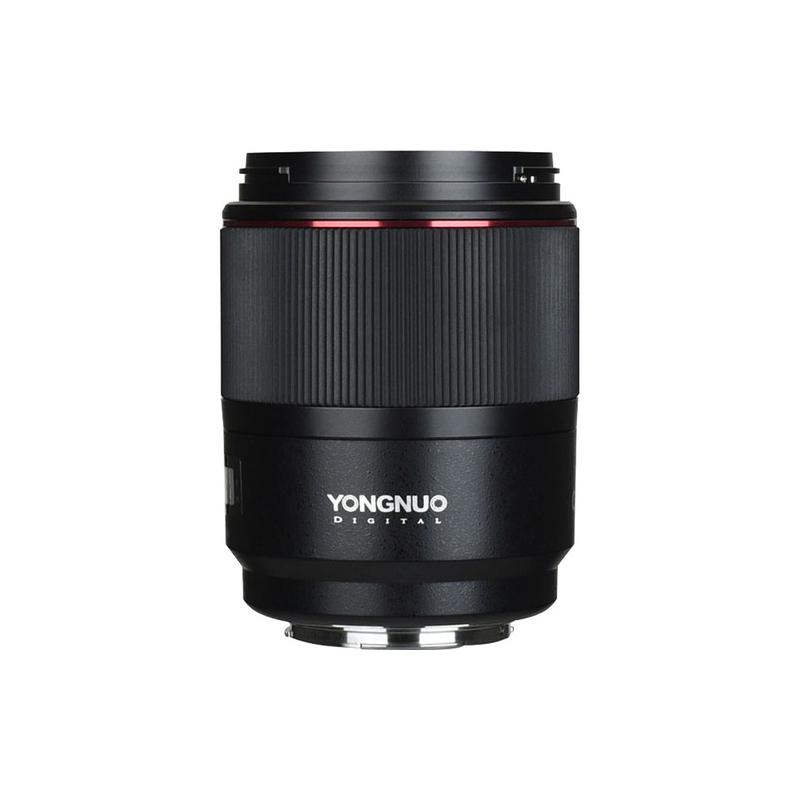







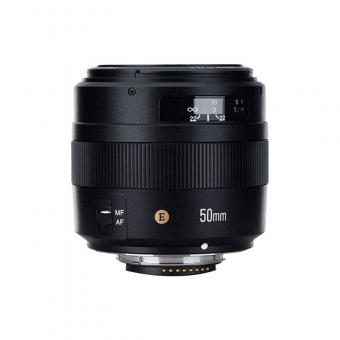





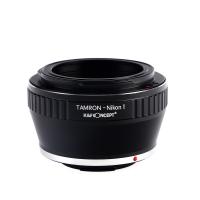

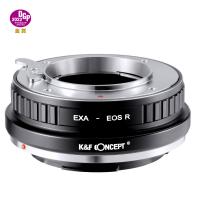




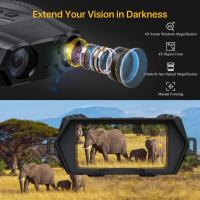
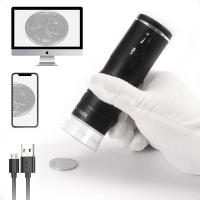


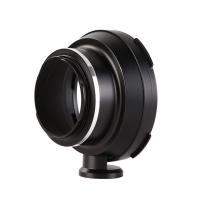





There are no comments for this blog.